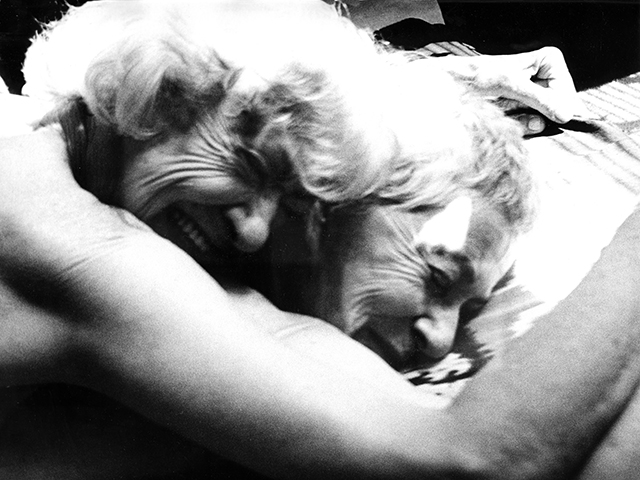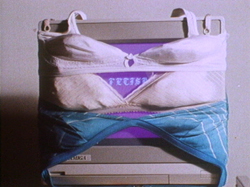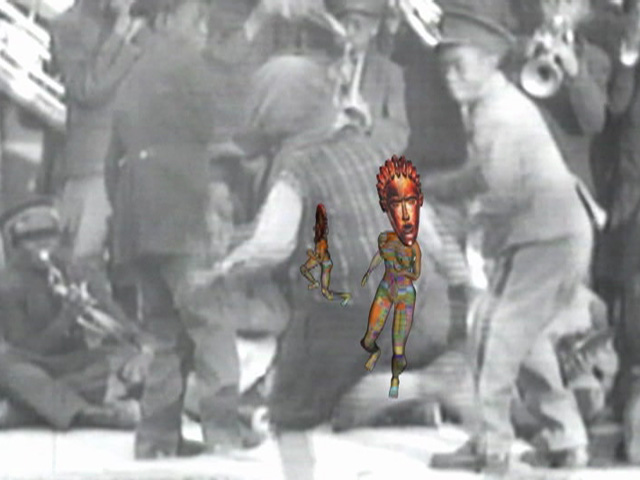Search Results
Search Results
Title Results
Your search returned 796 Titles
In her first feature, after decades as a pioneer of lesbian cinema, Barbara Hammer weaves striking images of four contemporary gay and lesbian couples with footage of an unearthed, forbidden, and invisible history, searching eroded emulsions and images for lost vestiges of queer culture.
No No Nooky T.V. confronts the feminist controversy around sexuality with electronic language, pixels and interface. Even the monitor is eroticized in this film/video hybrid that pokes fun at romance, sexuality, and love in our post-industrial age.
No Sell Out... or i wnt 2 b th ultimate commodity/ machine (Malcolm X Pt. 2)
X-PRZ
1995, 5:37 min, color, sound
States Tony Cokes: "No Sell Out employs desktop video (Adobe Premiere) to position images of Malcolm X in tension with commercial culture. It is a result of a series of loaded questions we ask ourselves, and now wish to impose on viewers... Mr. X is the serialized signifier that sparks...
LoVid composes a strobing synesthetic landscape of image and sound that is equal parts glitchy animation and input from an analog synthesizer. The piece sees the collision of two visual worlds, whose complementary movements create an at times overwhelming juxtaposition and at others unexpected harmony.
Nocturne, writes Ahwesh, is "a psychological horror film built on the conflicts of a woman tortured by the ambiguity between reality and illusion, dream and desire."
A magical bone that promises eternal life propels the story of Not a Jealous Bone, a post-Freudian fairy tale in the guise of a musical narrative. An eighty-two-year-old woman in search of her mother and a beautiful young woman struggle over the life-extending magic bone. Condit holds an...
In Notions of Freedom, Jenkins charts the history of jazz—what he calls “the first true American art form"—from its beginnings in New Orleans and the American South to the classic work of Louis Armstrong and Duke Ellington and through the major innovations of Ornette Coleman, Sun Ra, and Miles...
In her new work, Thornton confronts the economic and cultural transformation of contemporary China, evoking the spectacle of capitalism run amok. Creating a layered landscape of alienation and dislocation, Thornton shoots from her window of the Jin Jiang Hotel in Shanghai, the site of Mao's 1972 meeting with Nixon, and revisits her 1983 film Adynata, itself an exploration of Orientalism and the Other.
Now takes on video's claims to immediacy and authenticity, as Benglis juxtaposes live performance with her own prerecorded image. The soundtrack features phrases such as "now!" and "start recording," commands that usually ground us in the present, but here serve to deepen the confusion between live signals and mediation. Repeated takes and acidic color processing heighten this challenge to video's power of "liveness."









